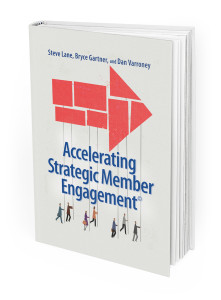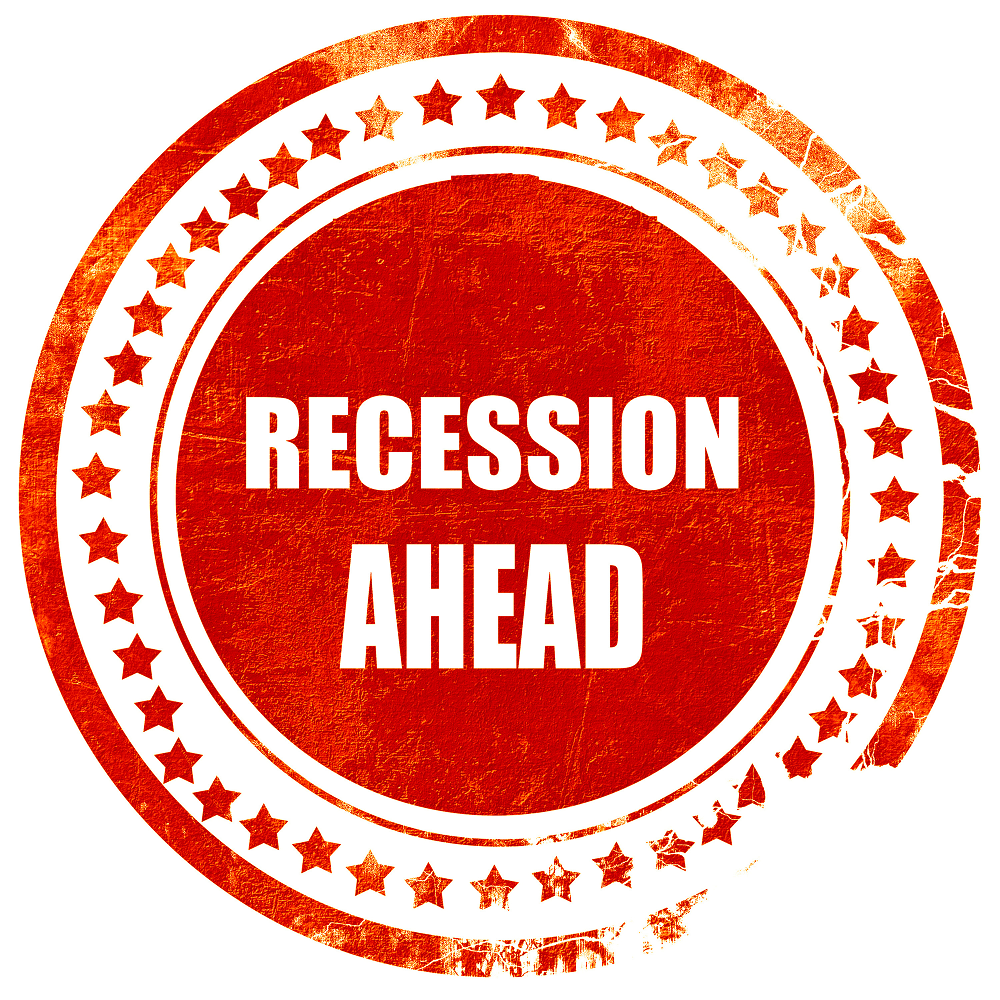Global economic challenges from modest growth to market uncertainty continue to drive changes on how Trade Associations deliver value. In several instances, CEOs are collaborating with their boards and management teams to transform their organizations into strategic partners. These Associations are playing activist roles, they are engaging industry value chains and promoting the value that the industry and its products bring to customers and the marketplace. What is clear is that 3 Engagement Strategies Drive Growth.
Strategic Member Engagement
Where member engagement once took a back seat to fighting fires and meeting budget expectations, a number of Associations have seized a new moment in time. These organizations are creating ongoing value by bringing the value chain together and engaging executives in ways that help them achieve industry outcomes. An example of how 3 engagement drives growth at Associations is the Arlington, Virginia based Aluminum Association, led by Heidi Biggs Brock, President and CEO.
-
Actionable Data
In addition to satisfaction survey data, the Aluminum Association utilizes ongoing qualitative and quantitative industry research to ascertain the primary internal and external operating and growth challenges facing the industry. The data provides context for annual conversations between Brock and the Executive Committee of the Board. These conversations lead to strategies developed by The Aluminum Association to address and drive industry challenges and outcomes thorough their organization. The strategies have Key Performance Indicators and they are reported through a Scorecard in the Aluminum Association’s Annual Report.
-
Market Focus
The innovative association is more of an idea incubator, a place where new solutions are developed to advance & grow the industry. Rather than focus on internal issues, the organization is positioned with the industry as a community where companies along the value chain as well as their customers gather to address critical issues, learn from each other, and grow the industry. This is another example of how 3 Engagement Strategies Drive Growth. Associations such as the Global Cold Chain Alliance, The Club Managers Association, and the Smart Electric Power Alliance all utilize similar approaches and they are growing.
Heidi Brock and her team utilize a clear market focus as their clarion call to provide industry standards data, knowledge sharing forums, and industry activities that demonstrate the value and uniqueness of aluminum.
-
Core Relevance
Instead of focusing on member satisfaction and product sales from an “all you can eat buffet”, innovative Associations understand the value of bringing everyone to the table to drive the industry’s success. This focus drives unique market positioning for the Association and reinforces the value and relevance of the Association to the entire value chain of the industry
The Aluminum Association, for example, works with industry customers to understand their challenges and provides opportunities for these issues to be addressed by the Association. Through this approach the organization establishes itself as a “leader & convener” for the industry.
Core relevance is a key driver and an important element of how 3 Engagement Strategies Drive Growth.
3 Engagement Strategies Drive Growth
Shortly, the U.S. will elect: a new President, one third of the Senate, and the entire House of Representatives. Already members of the Federal Reserve Board are urging increases in interest rates. In an era of disruption, innovation, and global uncertainty, Actionable Data, Market Focus, and Core Relevance are game changers for Associations. These 3 Engagement Strategies Drive Growth. The Aluminum Association is utilizing these 3 Engagement Strategies to align their organization with the industry business outcomes that their members and their member’s customers care most about.
In uncertain times, increasing your Association’s connection with Industry Business Outcomes accelerates member engagement. It can also positively impact your organization’s business model. The Aluminum Association is experiencing 11% membership growth, retention improved 3%, and their core revenue is 6% higher than the prior year.

Free eBook “Accelerating Strategic Member Engagement” is available upon request for all Association Executives at Potomac Core – Association Consulting















